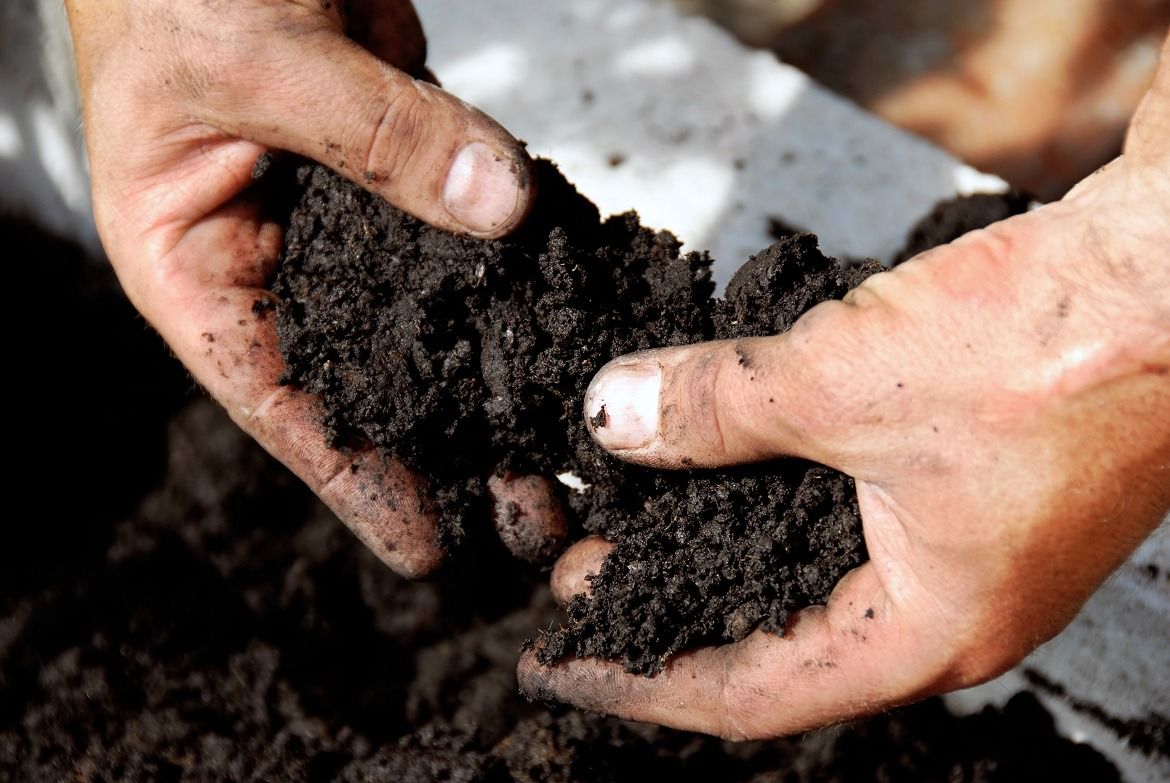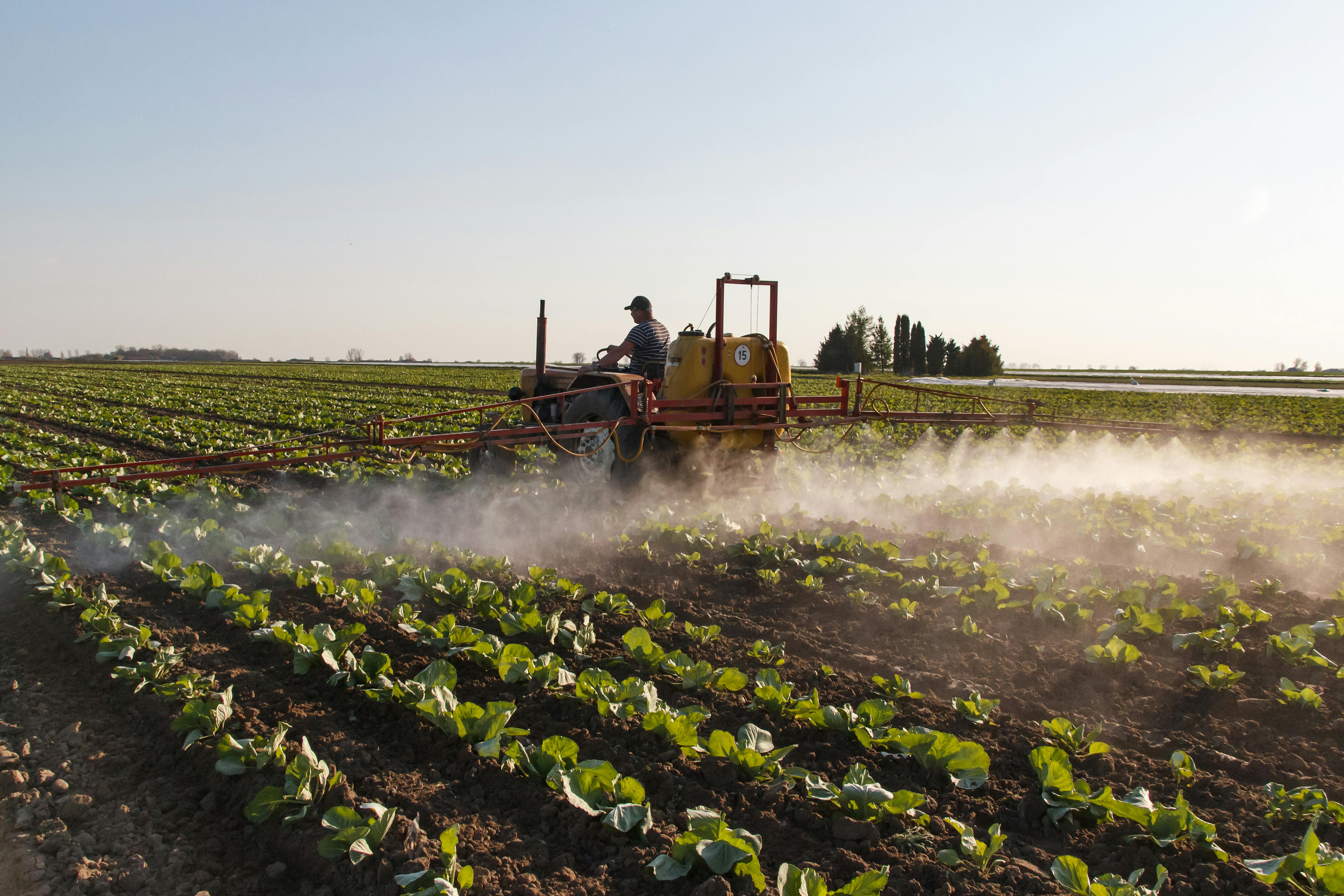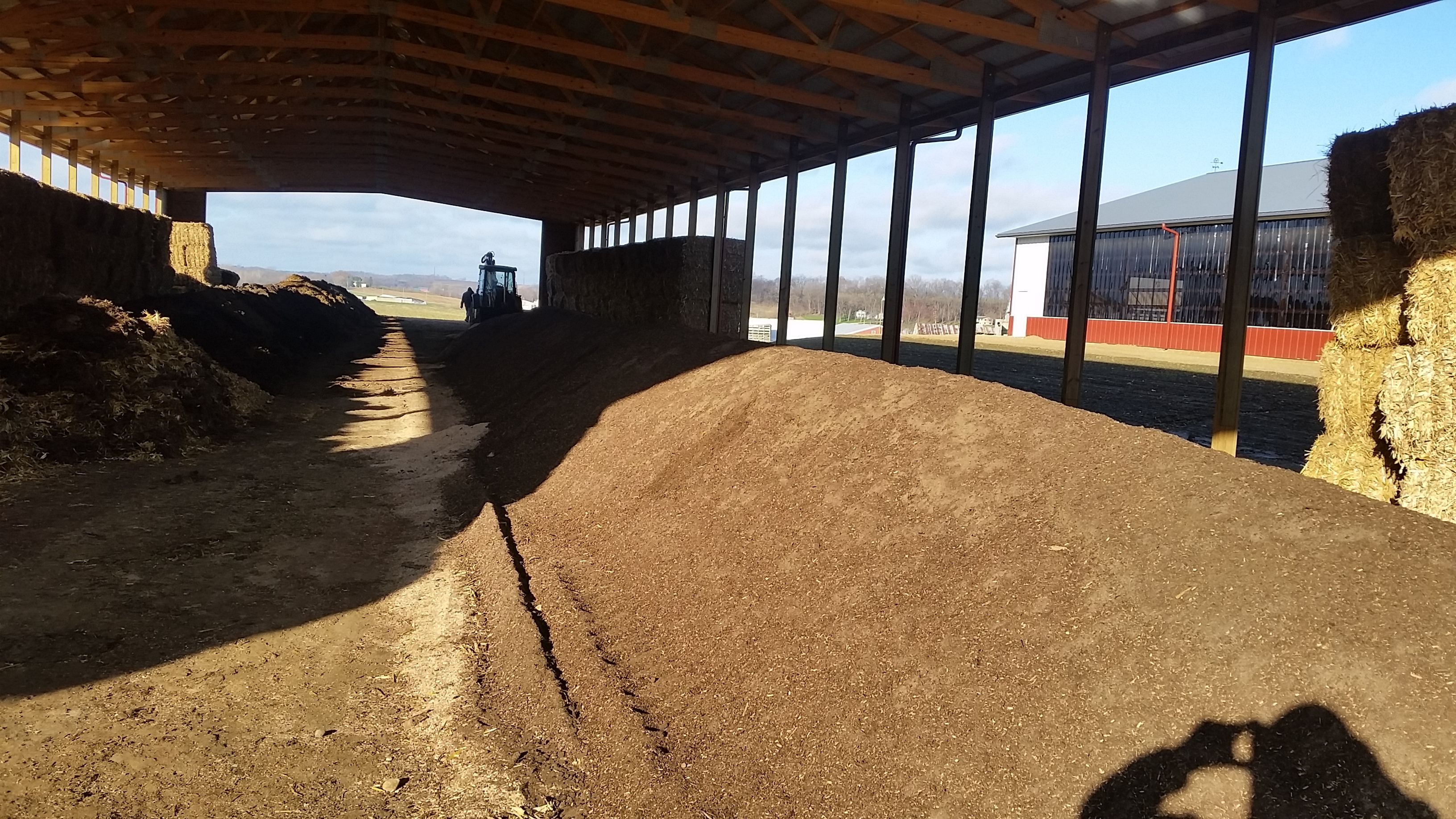Healthy soil is the backbone of productive farming, and carbon plays a key role in building that health. Carbon-rich soils support resilient crops, retain more water, require fewer inputs, and contribute to long-term sustainability. But building soil carbon is a process—one that combines understanding natural systems with applying practical, regenerative farming practices. Here’s how farmers can rebuild carbon in their fields, step by step.
Understand Why Soil Carbon Matters
Carbon isn’t just an environmental buzzword—it’s the foundation of living soil. Soil organic matter (SOM) is about 58% carbon. The more carbon your soil holds, the more water it retains, the better it resists erosion, and the more nutrients it stores and delivers to plants. Building soil carbon is essential for soil health, crop performance, and climate resilience.
Stop Tilling and Start Protecting Soil Structure
Tillage exposes soil carbon to oxygen, speeding up microbial activity and burning off organic matter as CO₂. Reducing or eliminating tillage helps preserve the carbon you already have and protects microbial life. Over time, this helps improve aggregation and leads to stable, long-lasting soil structure.
Try This:
- Switch to no-till or strip-till systems
- Avoid disturbing the soil between crops
Keep Living Roots in the Soil Year-Round
Living plants feed soil microbes through root exudates—sugars and organic compounds that stimulate microbial life and carbon cycling. Keeping something growing all the time mimics natural ecosystems and fuels carbon-building from the roots up.
Try This:
- Use cover crops in the off-season
- Consider double-cropping or intercropping systems
- Maintain perennials in rotational areas
Increase Plant Diversity
Diverse plant species feed a broader range of microbes and lead to a more resilient, carbon-rich soil ecosystem. In contrast, monocultures limit microbial diversity and nutrient cycling.
Try This:
- Mix species in cover crop blends (e.g., rye, clover, radish)
- Rotate cash crops strategically
- Introduce legumes to naturally fix nitrogen and feed microbes
Integrate Livestock Thoughtfully
Grazing livestock on cover crops or rotational pasture returns nutrients to the soil through manure and urine. Managed correctly, livestock can help stimulate plant regrowth and enhance soil microbial activity.
Try This:
- Mob grazing on cover crops or perennials
- Move livestock frequently to mimic natural herd movement
- Feed hay on poor-performing fields to add external organic matter
Apply Organic Amendments Like Compost or Biochar
High-quality compost adds stable carbon and microbial diversity to depleted soils. Biochar, a form of carbonized plant material, can further stabilize organic matter and improve nutrient retention.
Try This:
- Apply well-cured compost annually
- Use compost teas or extracts to boost microbial populations
- Consider adding biochar to increase long-term carbon storage
Monitor and Measure Progress
Building soil carbon takes time, but the benefits are measurable. Tracking soil organic matter levels, water infiltration, and yields over time helps evaluate the effectiveness of your management practices.
Try This:
- Perform annual soil health tests (SOM, infiltration rate, bulk density)
- Keep a field log of changes in practices and observations
- Use satellite or drone imagery to assess vegetative health
Conclusion
Building carbon-rich agricultural soils doesn’t happen overnight—but each step you take moves your farm toward greater productivity and sustainability. By mimicking nature, prioritizing soil health, and thinking long-term, you can improve not only your yields and bottom line, but also the land you leave behind for future generations.





